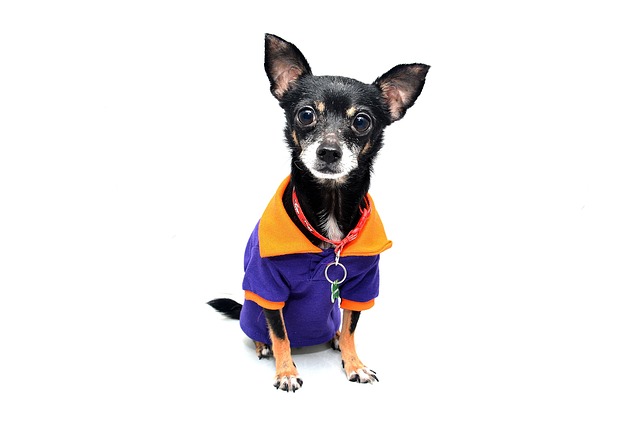
How can I tell if my dog's heatstroke is serious
Let’s be real: It’s a sticky August morning in Los Angeles, and you took your 2-year-old Golden Retriever, Max, for a walk a little later than usual
Finding yourself with an aggressive dog can be terrifying, for both you and those around you. Aggression isn’t just a behavioral issue—it’s a serious concern that intersects with local animal control laws and public safety regulations. Understanding how to handle the situation safely and legally is crucial for everyone involved.
First and foremost, prioritize safety. If your dog shows aggressive behavior like growling, baring teeth, or lunging, avoid direct eye contact and sudden movements. These can be seen as threats and escalate the situation. In many regions, it’s required by law to immediately secure an aggressive dog to prevent harm to people or other animals. Use a sturdy leash and muzzle if necessary, but never attempt to muzzle a dog that’s actively attacking—call for professional help instead.
Don’t underestimate the importance of identifying the root cause. Aggression can stem from fear, pain, territorial instincts, or lack of socialization. A dog in pain might lash out when touched, while one that’s not used to other animals could become aggressive during encounters. Consulting a veterinarian is often the first step, as underlying medical issues like an ear infection or joint pain can contribute to aggression. Ignoring potential health problems not only endangers others but may also violate animal welfare laws regarding proper care.

Positive reinforcement training is key. Instead of punishing aggressive behavior, which can make it worse, focus on rewarding calm and friendly actions. Treats, praise, and gentle pets can encourage your dog to associate good behavior with positive outcomes. Many communities offer certified dog trainers who specialize in aggression issues. Hiring a professional not only helps modify behavior but also ensures you’re following legal and ethical training standards.
Socialization should be done gradually and carefully. For a dog that’s aggressive towards other animals, start by exposing them to the presence of other pets from a safe distance. Use treats and toys to create positive associations. In areas where dog parks are common, be aware of local regulations that may require dogs to be well - behaved before entering public spaces. Rushing socialization can backfire, so always prioritize your dog’s comfort and safety.
Manage your dog’s environment to prevent triggering aggressive episodes. Keep them away from situations that cause stress, like crowded events or areas with a lot of noise. If your dog is territorial, limit access to windows or doors where they might feel the need to defend their space. In some regions, landlords may have specific rules about keeping aggressive pets, so it’s important to comply with housing regulations as well.
Remember, dealing with an aggressive dog is a long - term commitment. It takes time, patience, and often professional guidance. By taking proactive steps to address the issue, you’re not only protecting your dog and those around you but also fulfilling your legal and moral obligations as a pet owner. If at any point you feel overwhelmed or unsure, reach out to local animal behaviorists, shelters, or veterinary clinics for support.

Let’s be real: It’s a sticky August morning in Los Angeles, and you took your 2-year-old Golden Retriever, Max, for a walk a little later than usual

You're enjoying a summer afternoon at the park when you notice your dog has stopped panting and appears disoriented - their gums are bright red

Let’s paint the picture: You’re in your Denver apartment, watching your 4-year-old Boston Terrier, Ruby, plop down mid-play session with her favorite toy

Many dog owners notice their pets nails seem shorter after regular walks,but how much does this daily activity actually help?The answer depends on where you walk—concrete sidewalks or asphalt streets gently file nails as a dog's paws hit the ground

Most dog owners notice their pup scooting across the carpet at some point, but few connect it to impacted anal glands. These small sacs near a dog’s rectum secrete a scent for marking territory

Most vets agree that regular dog teeth cleaning is key to avoiding painful dental issues later. For healthy adult dogs, a professional cleaning at the vet’s office every 12 to 18 months usually works well.